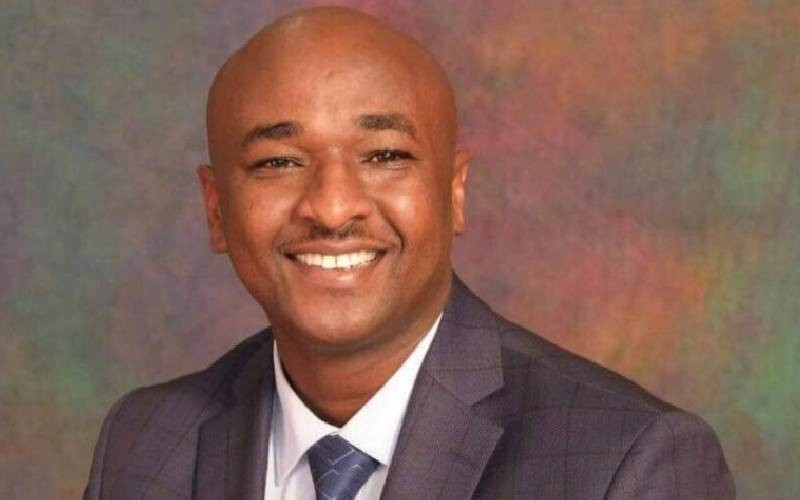Debates over the quality of public education tend to quickly get bogged down with the question of how much is required of teachers.
This unfortunately leads to unhelpful generalisations and the inevitable drawing of battle lines between unions and anyone else who believes their clout does not always augur well for learners.
There is credible, empirical evidence that, in some instances, schools have more teachers than they need. In others, the shortage of educators has precipitated a learning crisis.
Yet there has been little or no movement to address this problem even as unions force the Government to focus on the big picture of total numbers and idealised averages. Strike threats and pay demands should not be instruments with which any rational debate on education quality is stifled.
We support, and have always supported, the calls by the Kenya National Union of Teachers and the Kenya Union of Post Primary Education Teachers for improved pay and working conditions for all teachers.
Indeed, we believe Kenya should be paying its educators more than it does for moulding a workforce out of our children. However, we are alive to the inequalities in pay and workload in the vast workforce under the Teachers Service Commission (TSC). Dealing with these issues, we believe, would be more rewarding to rank and file union members than a protracted battle over pay increments.
Unions do a great job of fighting to ensure better pay. They could, however, do better to ensure taxpayers also get value for their money by paying greater attention to the quality and workload issues that vex parents and academicians.
Since the introduction of free primary education in 2003, and later the subsidised secondary tuition in 2008, teachers unions have been pointing to large classrooms of up to 80 students as a sign more teachers are required. This, however, is a sign of a little more than that. Recent World Bank reports put Kenya’s pupil-teacher ratio at about 1:45.
There are about 268,000 teachers for the 9.5 million primary school pupils and 1.85 million students in high school. While this is some way off the United Nations recommended benchmark of 1:35, it is still a fairly good ratio for a developing nation like Kenya.
Rather than obsess about classrooms with just 35 students, is it not more pragmatic to stick to, say, 40 and invest resources in better educational materials?
Oddly, the same unions holding the Government to the 1:35 benchmark are reluctant to be held to global performance standards. How can one insist on benchmarking on teacher-pupil ratios but not on teaching hours?
As reported elsewhere in this paper, the TSC is looking at ways of getting more from the teachers in their employment. They are toying with several ideas, including requiring teachers to take one extra lesson every day. Some will even be asked to teach at neighbouring schools to meet new performance requirements.
We applaud this kind of innovative thinking, which can be used to ensure teachers are giving taxpayers value for money. Teachers unions, however, are already expressing some opposition to these ideas. We hope consultations on the proposals will see this opposition melt away.
If we are to fix the myriad problems that ail our education sector, we need a dialogue that looks beyond the raw pressures of more money for less work. It does unions and teachers no good if they win victory after victory over the Government on salaries and allowances every election year and then have to watch as angry parents attack one head-teacher after another come exam results time.
A true victory for both the unions and their members would see fair pay for honest work, monitored to an agreed standard and with visible results. By all means, let us hire 10,000 or 20,000 more teachers.
And let us increase pay and allowances to keep up with the pressures of the job and the rising cost of living. But at the same time, we must ensure that teachers’ performance is measured accurately, that their numbers are distributed evenly and their workloads are not so varied that no pay increases can end the discontent.
Stay informed. Subscribe to our newsletter
 The Standard Group Plc is a
multi-media organization with investments in media platforms spanning newspaper
print operations, television, radio broadcasting, digital and online services. The
Standard Group is recognized as a leading multi-media house in Kenya with a key
influence in matters of national and international interest.
The Standard Group Plc is a
multi-media organization with investments in media platforms spanning newspaper
print operations, television, radio broadcasting, digital and online services. The
Standard Group is recognized as a leading multi-media house in Kenya with a key
influence in matters of national and international interest.
 The Standard Group Plc is a
multi-media organization with investments in media platforms spanning newspaper
print operations, television, radio broadcasting, digital and online services. The
Standard Group is recognized as a leading multi-media house in Kenya with a key
influence in matters of national and international interest.
The Standard Group Plc is a
multi-media organization with investments in media platforms spanning newspaper
print operations, television, radio broadcasting, digital and online services. The
Standard Group is recognized as a leading multi-media house in Kenya with a key
influence in matters of national and international interest.







